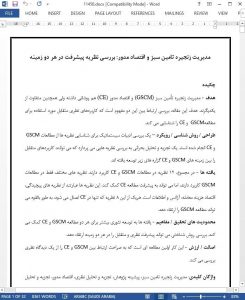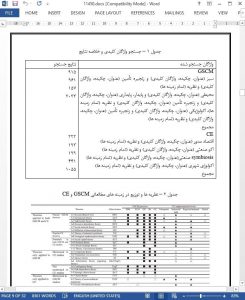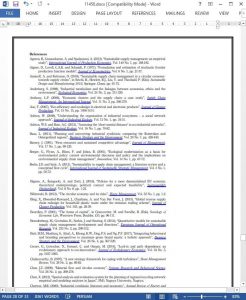Abstract
Purpose Green supply chain management (GSCM) and the circular economy (CE) overlap but also differ. The purpose of this paper is to clarify linkages between these two concepts. It identifies mutual theory applications used to study GSCM and CE.
Design/methodology/approach A systematic literature review is conducted to identify theories from GSCM and CE studies. A critical analysis explores the theories that can provide mutual applications between GSCM and CE fields. Propositions are developed.
Findings In all, 12 theories are applied in both GSCM and CE studies. Several theories are only applied in GSCM studies, but can help to advance CE study. These theories include complexity, transaction cost economics, agency, and information theories. Each of the eight theories only applied to CE can potentially advance GSCM study.
Research limitations/implications The findings contribute to further theory development for both GSCM and CE study. A methodological review can advance theoretical development and cross-pollination in both fields.
Originality/value This work is the first study to explicitly explore linkages of GSCM and CE from a theoretical perspective.
Introduction
Green supply chain management (GSCM) and the circular economy (CE) are emerging sustainable development concepts overlapping and supplementing each other (Genovese et al., 2017; Zhu, Geng and Lai, 2011). GSCM and CE practices both aim to improve environmental and economic performance but with somewhat different perspectives. GSCM mainly focuses on improved environmental performance while economic performance can also be associated with the concept (Sarkis, 2012). Similarly, the CE philosophy has been promoted as a policy that can improve economic development while alleviating environmental and resource challenges (Geng et al., 2009). Studies considering both GSCM and the CE have been published (Zhu and Sarkis, 2004; Su et al., 2013; Brandenburg et al., 2014; Dubey et al., 2016; Ghisellini et al., 2016); but a conceptual and theoretical linkage of the research literature is still needed. In most of these studies, GSCM can been regarded as an organizational element to support CE practices.
Conclusions
In this paper, linkages between GSCM and the CE are identified and mutual theoretical applications are discussed. A systematic literature review identified 19 and 20 theories used in GSCM and CE studies, respectively. In all, 12 theories overlapped both fields of study. A critical analysis is employed to explore the mutual potential application of GSCM and CE theories; a cross-pollination of theories to advance both fields. Totally 182 GSCM studies have applied 19 theories. Each theory shows substantial promise for exploring and advancing CE study. CE studies with theoretical analysis are relatively limited, when evaluated as a percentage of all CE studies. These CE studies did seek to introduce 20 theoretical perspectives. In addition to the 12 theories already applied in both GSCM and CE, the remaining eight CE theories show promise to advance GSCM study.











